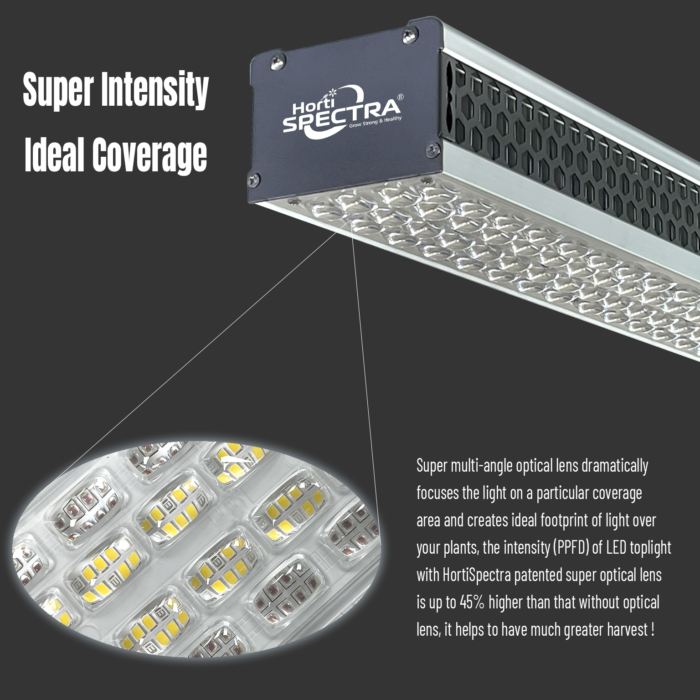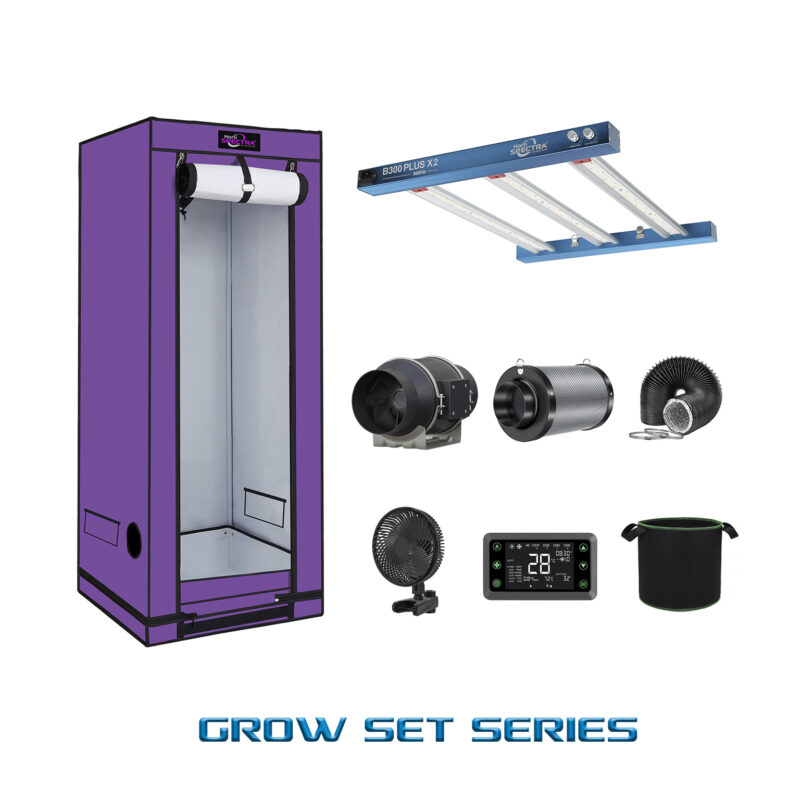As the global population continues to rise, the demand for food production is reaching unprecedented levels. Traditional farming methods, while effective, are often not sustainable in the long run due to their high resource consumption and environmental impact. In this context, innovative solutions like LED indoor lighting for greenhouses are gaining traction. HortiSpectra Co., Ltd, a leader in agricultural technology, is at the forefront of this revolution, offering cutting-edge solutions to modernize and sustain farming practices.
The Role of LED Indoor Lighting in Greenhouses
LED indoor lighting has emerged as a game-changer in the field of sustainable agriculture. Unlike traditional lighting systems, LEDs offer a more energy-efficient solution that can be customized to meet the specific needs of various crops. HortiSpectra has been pioneering this technology, providing tailored lighting solutions that optimize plant growth and improve yield quality.
By using LED lighting, greenhouses can simulate the ideal conditions for plant growth regardless of external weather conditions. This ensures a consistent supply of produce throughout the year, reducing dependency on seasonal changes and minimizing food scarcity. Additionally, LED lights have a longer lifespan and consume less energy, significantly cutting down on operational costs and carbon emissions.

Advantages of LED Technology in Greenhouses
- Energy Efficiency: LEDs consume up to 50% less energy compared to traditional lighting systems, making them an eco-friendly choice for sustainable farming.
- Customizable Spectrum: HortiSpectra’s LED solutions allow farmers to adjust the light spectrum to suit the specific growth stages of their crops, enhancing productivity and quality.
- Longer Lifespan: With a lifespan of over 50,000 hours, LED lights reduce the need for frequent replacements, lowering maintenance costs.
- Reduced Heat Emission: LEDs emit less heat, decreasing the risk of overheating and damage to plants, and reducing the need for additional cooling systems.
Case Study: HortiSpectra’s Impact on Sustainable Farming
HortiSpectra has been instrumental in transforming greenhouse operations across the globe. In a recent project, the company partnered with a large-scale greenhouse facility to implement its state-of-the-art LED lighting system. The results were remarkable: a 30% increase in crop yield, a 40% reduction in energy consumption, and a significant improvement in the quality of produce.
This success story is a testament to the potential of LED indoor lighting in revolutionizing agricultural practices. By adopting such technologies, farmers can achieve higher productivity while minimizing their environmental footprint, paving the way for a more sustainable future.
Challenges and Considerations
Despite the numerous advantages, there are challenges to consider when implementing LED lighting in greenhouses. The initial setup cost can be high, which may deter some farmers from making the switch. However, HortiSpectra offers flexible financing options and emphasizes the long-term savings and benefits that outweigh the upfront investment.
Another consideration is the need for technical expertise to optimize the lighting systems. HortiSpectra provides comprehensive training and support to ensure that farmers can fully leverage the technology. By addressing these challenges, the company aims to make LED lighting accessible and beneficial to all greenhouse operators.
The Future of Sustainable Farming
As the agricultural industry continues to evolve, the role of technology in enhancing productivity and sustainability cannot be overstated. LED indoor lighting represents a significant step forward in this journey, offering a viable solution to some of the most pressing challenges faced by farmers today.
HortiSpectra is committed to driving innovation in this space, continuously refining its products to meet the changing needs of the industry. With a focus on sustainability, efficiency, and quality, the company is well-positioned to lead the way in the future of farming.
Conclusion
In conclusion, LED indoor lighting for greenhouses holds immense promise for the future of sustainable farming. By reducing energy consumption, improving crop yields, and minimizing environmental impact, this technology aligns with the global push towards more sustainable agricultural practices. HortiSpectra Co., Ltd is at the forefront of this movement, offering solutions that empower farmers to thrive in an increasingly challenging world.
As we look to the future, the adoption of LED lighting in greenhouses is set to become a cornerstone of sustainable farming, driving progress and innovation in the industry. With companies like HortiSpectra leading the charge, the future of agriculture looks brighter than ever.
Tags:LED Greenhouse Light wholesaler,LED Greenhouse Light,LED Greenhouse Light company







